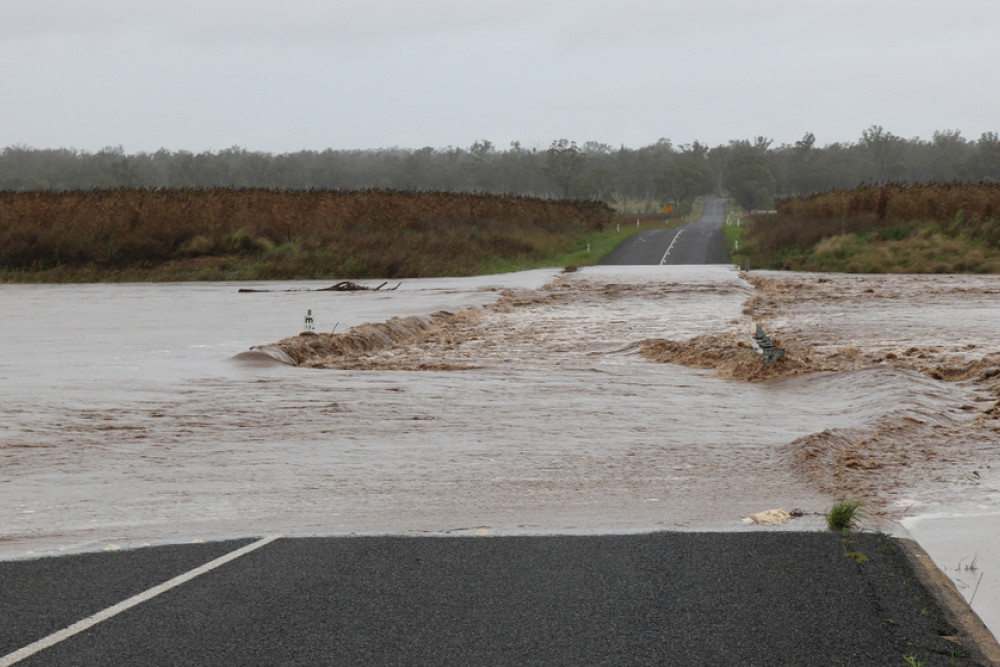12 January, 2023
2022: wettest year on record
Although November and December had below median rainfall, the first ten months of 2022 were more than enough to record Clifton’s highest rainfall total in more than 120 years of record-keeping.

Clifton Post Office recorded a total of 1059.2mm, narrowly surpassing the previous record of 1053.9mm set in 1983.
March was the wettest on record, with 258mm of rain falling.
In February, 197.6mm was the highest since 1995, 113mm in May was the highest since 1996 and 100.2mm in September was the highest since 1998.
There was 45.2mm in January, 71mm in April, 23.2 in June, 30.8 in July, 37.2mm in August, 94mm in October, 21.2mm in November and 46.6mm in December.
Clifton Airfield recorded a whopping 1248.8mm in 2022, with a highest temperature of 35.9°C set in February and lowest of -3.0°C set in August.
The weather station at Felton recorded 946.8mm, failing to surpass the record of 1047.5mm set in 2010, with records beginning in 1993.
At Felton, monthly rainfall records were set for February, March, April and September.
The Bureau of Meteorology’s climate data summary shows 2022 was wetter and warmer than average for Australia overall.
National mean temperature was 0.50°C warmer than the 1961–1990 average, making 2022 the equal 22nd warmest year on record since national temperature records began in 1910.
National rainfall was 25 per cent above the 1961–1990 annual average, making 2022 the ninth wettest year on record.
Rainfall was very much above average for the south-eastern quarter of the mainland, where persistent rain saw significant flooding affecting large areas, multiple times during 2022.
The year was characterised by wetter than average conditions across much of eastern Australia.
Climatologically, these conditions were consistent with the wet phase of natural climate variability for our region – namely a La Niña, a negative Indian Ocean Dipole in winter and spring, and a persistently positive phase of the Southern Annular Mode from mid-autumn.
The 2022–23 La Niña has been the third in a row.
It is only the fourth time three successive La Niña events in a row have been observed in the Bureau record since 1900 (with the others being 1954–57, 1973–76, and 1998–2001).
Queensland overall had 774.27mm rainfall in 2022, as an area average across the state, which is 24.4 per cent above average and the state’s highest rainfall since 2011.
The average temperature was 0.74°C warmer than the 1961–1990 annual average, while also being the coolest year for the state overall since 2012.


